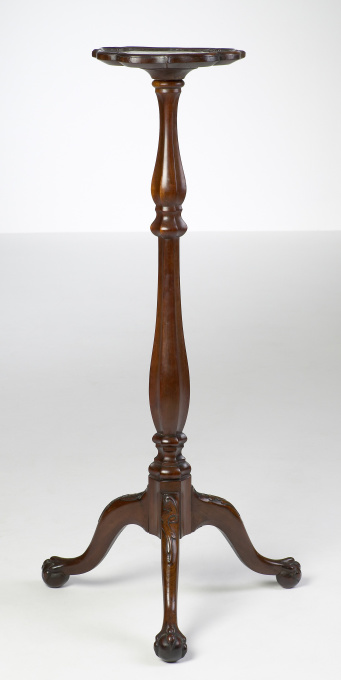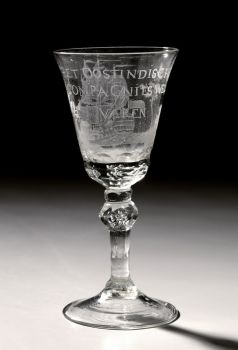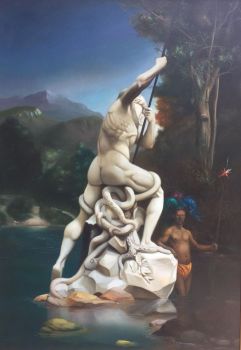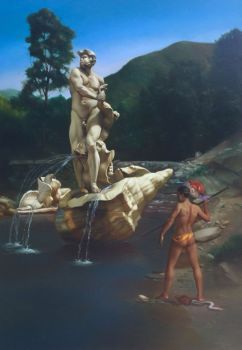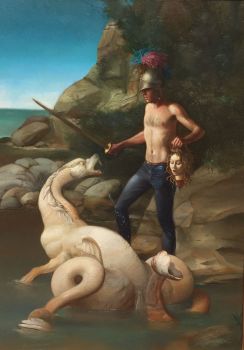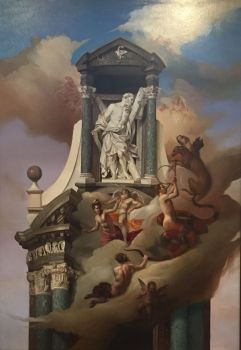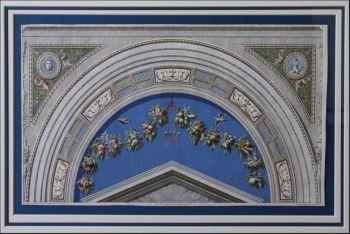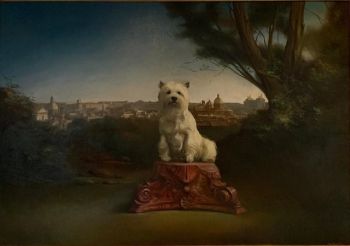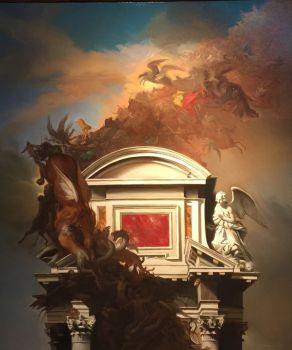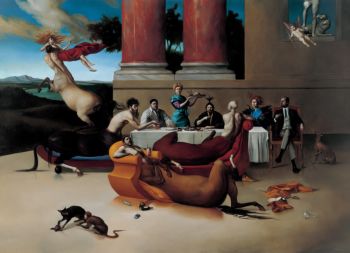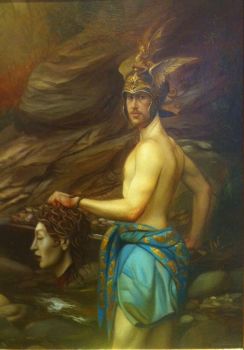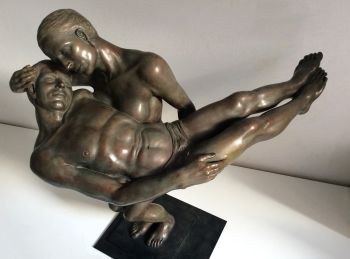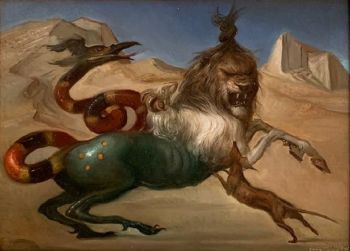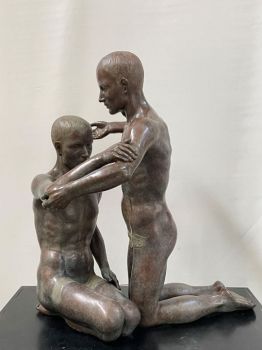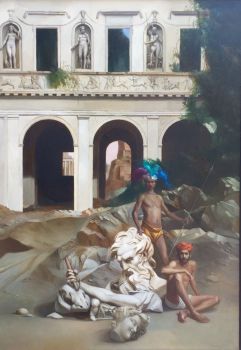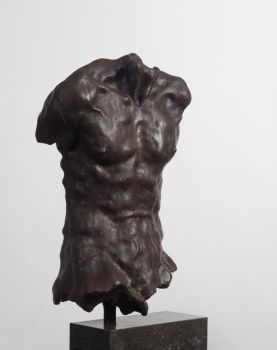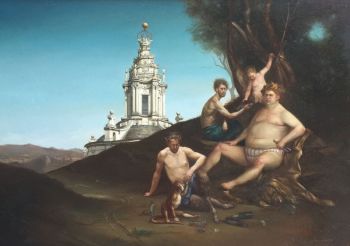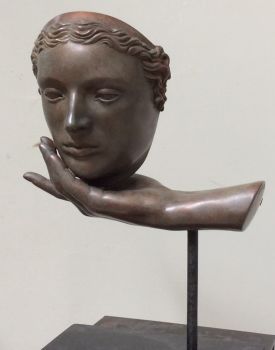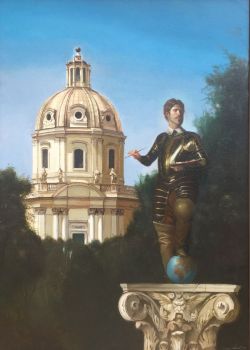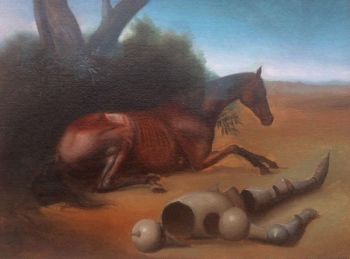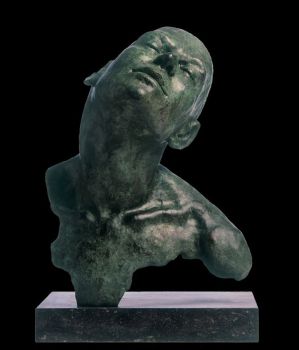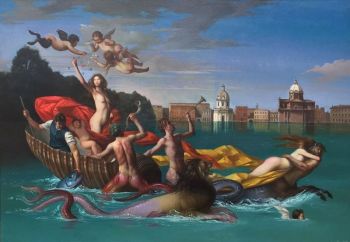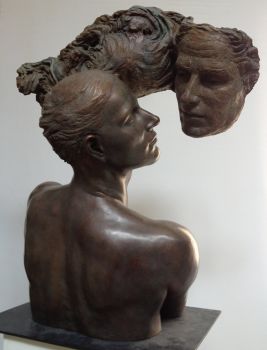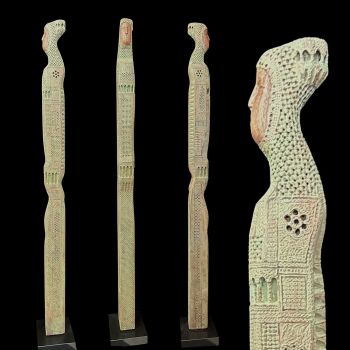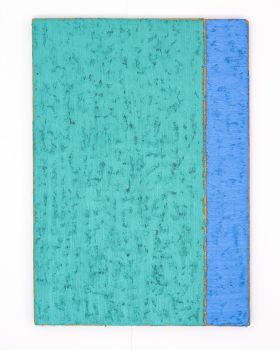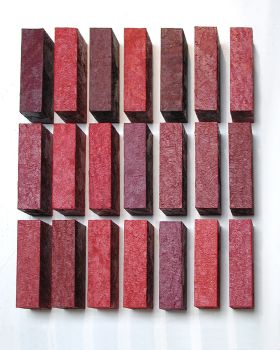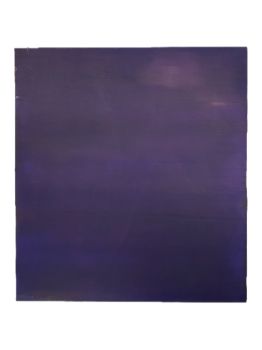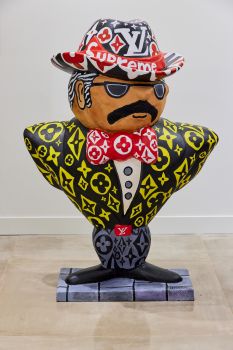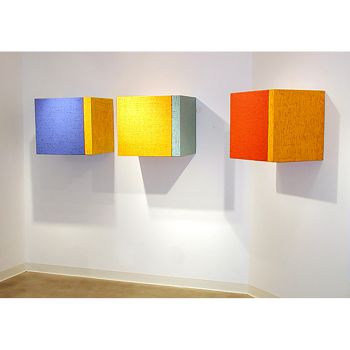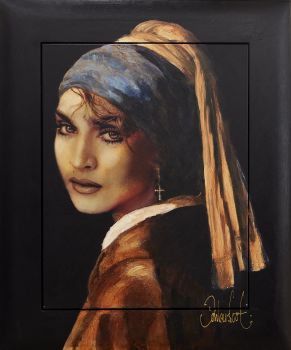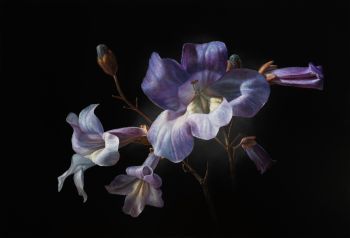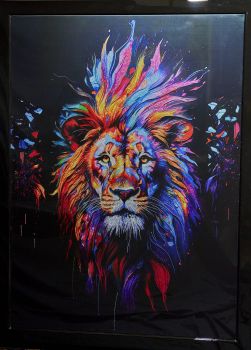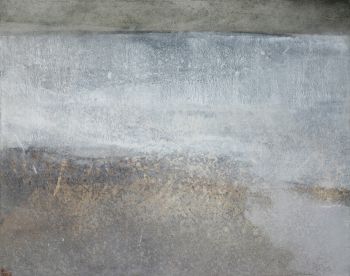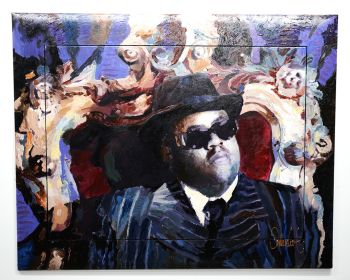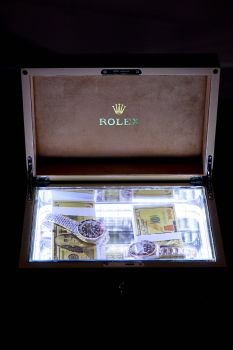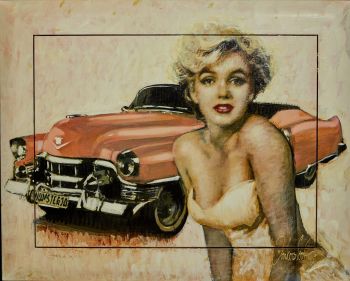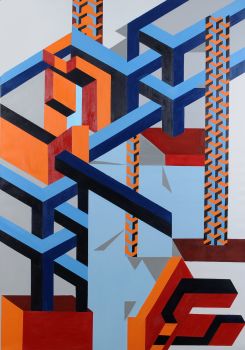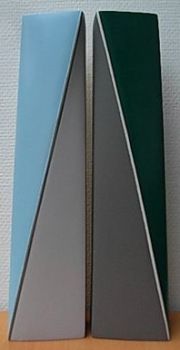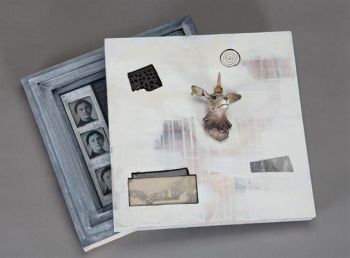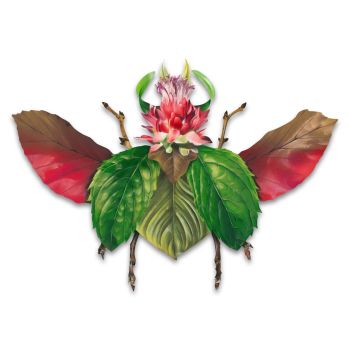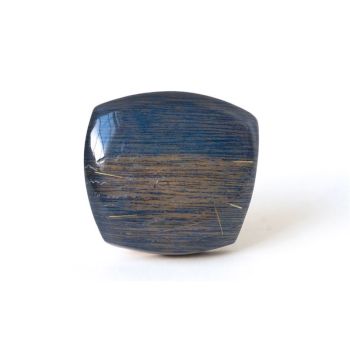American Mahogany Torchère 1770
Artista Desconocido
MaderaCaoba
85 cm, ø 24 cm
Actualmente no disponible a través de Gallerease
- Sobre la obra de arteA high torchère on a tripod of which the legs end in claws. The legs are carved with acanthus motives. The shape of the table top is commonly known as ‘pie-crust’ shape.
This torchère is manufactured near Newport (Rhode Island) or possibly somewhat more to the south of Massachusetts. Typical for the American Chippendale style (app. 1755-1780) are the explicit regional characteristics of the furniture.
In Newport mainly Cuban Mahogany was used for the fabrication of furniture, that was delicately carved or torsioned. The decoration of the knees with Acanthus or Palmette motives is fairly common. Most distinguished feature of the furniture originating from Newport and its direct vicinity is the shape of the ball under the claws that decorate the ends of the legs. These balls or seldom round but mostly oval shaped and more or less flatened. The shape of the torsioned node in the stem however resembles the style commonly seen in Massachusetts in this period and is seldom seen in Newport.
Torchères have been in use since the early 17th century and were originally designed to support candlesticks. The traditional shape, with its long stem and tripod, that did not change through the years, made regional variances in decoration and shape – at least in North America – very much in demand. - Sobre el artista
Puede suceder que un artista o creador sea desconocido.
Algunas obras no deben determinarse por quién está hecho o por (un grupo de) artesanos. Algunos ejemplos son estatuas de la Antigüedad, muebles, espejos o firmas que no son claras o legibles, pero también algunas obras no están firmadas en absoluto.
También puedes encontrar la siguiente descripción:
•"Atribuido a …." En su opinión, probablemente una obra del artista, al menos en parte.
•“Estudio de….” o “Taller de” En su opinión, una obra ejecutada en el estudio o taller del artista, posiblemente bajo su supervisión
•“Círculo de…” En su opinión, una obra del período del artista que muestra su influencia, estrechamente asociado con el artista pero no necesariamente su alumno.
•"Estilo de …." o “Seguidor de…”. En su opinión, una obra ejecutada al estilo del artista pero no necesariamente por un alumno; puede ser contemporáneo o casi contemporáneo
•"Manera de …." En su opinión una obra al estilo del artista pero de fecha posterior
•"Después …." En su opinión, una copia (de cualquier fecha) de una obra del artista
•“Firmado…”, “Fechado…” o “Inscrito” En su opinión, la obra ha sido firmada/fechada/inscrita por el artista. La adición de un signo de interrogación indica un elemento de duda.
•“Con firma…”, “Con fecha…”, “Con inscripción…” o “Lleva firma/fecha/inscripción” en su opinión la firma/fecha/inscripción ha sido añadida por alguien que no es el artista
Artwork details
Related artworks
- 1 - 4 / 12
- 1 - 4 / 24
Artista Desconocido
A rare Japanese export lacquer medical instrument box1650 - 1700
Precio a consultarZebregs & Röell - Fine Art - Antiques
Artista Desconocido
UN PEQUEÑO NETSUKE DE MARFIL DE UN HOLANDÉS CON UN TAMBOR1750 - 1800
Precio a consultarZebregs & Röell - Fine Art - Antiques
Artista Desconocido
UN NETSUKE MARINE MARFIL DE UN HOLANDÉS CON UN VENTILADOR CHINO18th century
Precio a consultarZebregs & Röell - Fine Art - Antiques
1 - 4 / 24Artista Desconocido
A Surinam-themed Amsterdam long-case clock1746 - 1756
Precio a consultarZebregs & Röell - Fine Art - Antiques
 curada por
curada porGallerease Magazine
1 - 4 / 24

